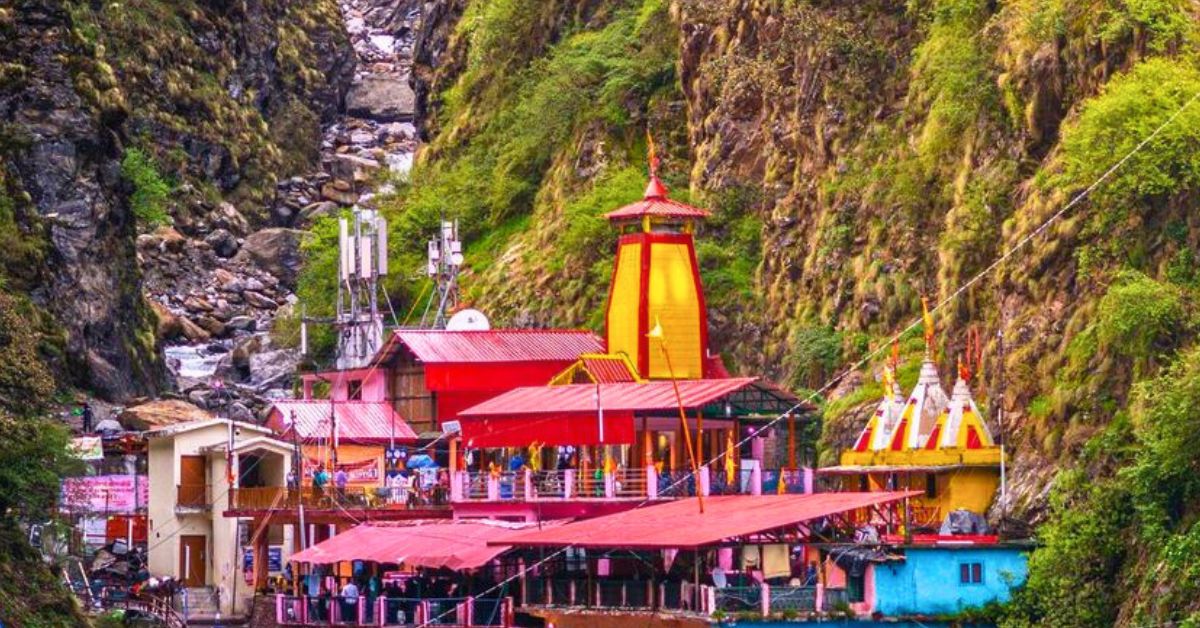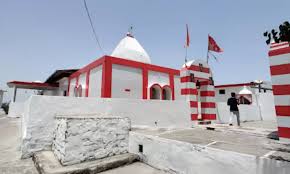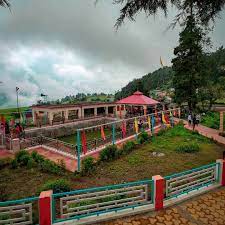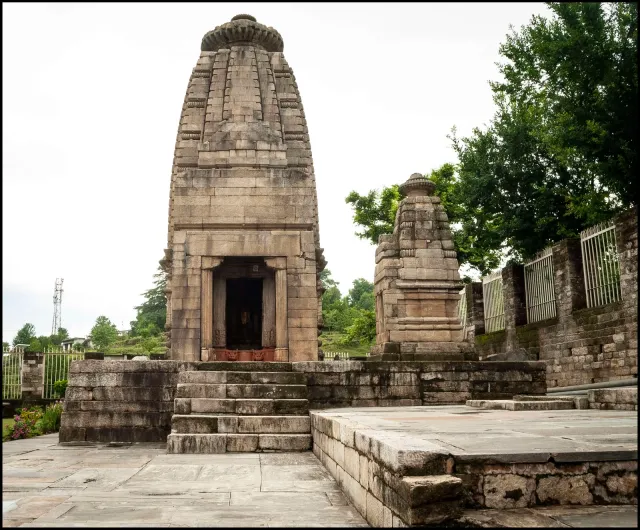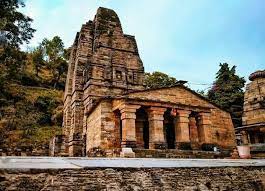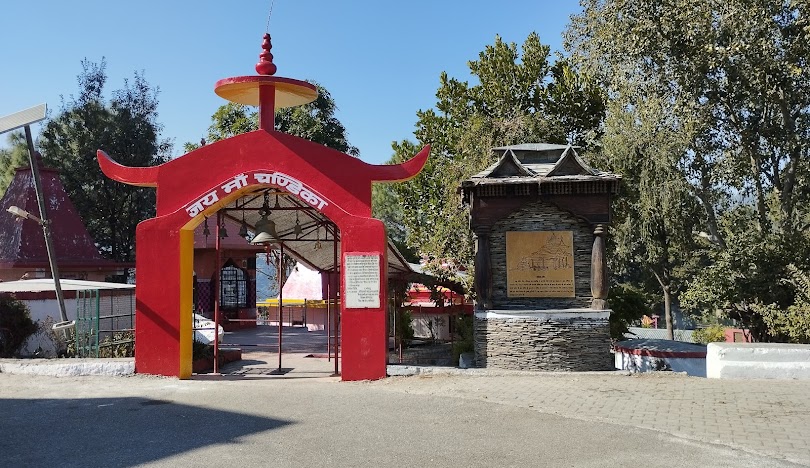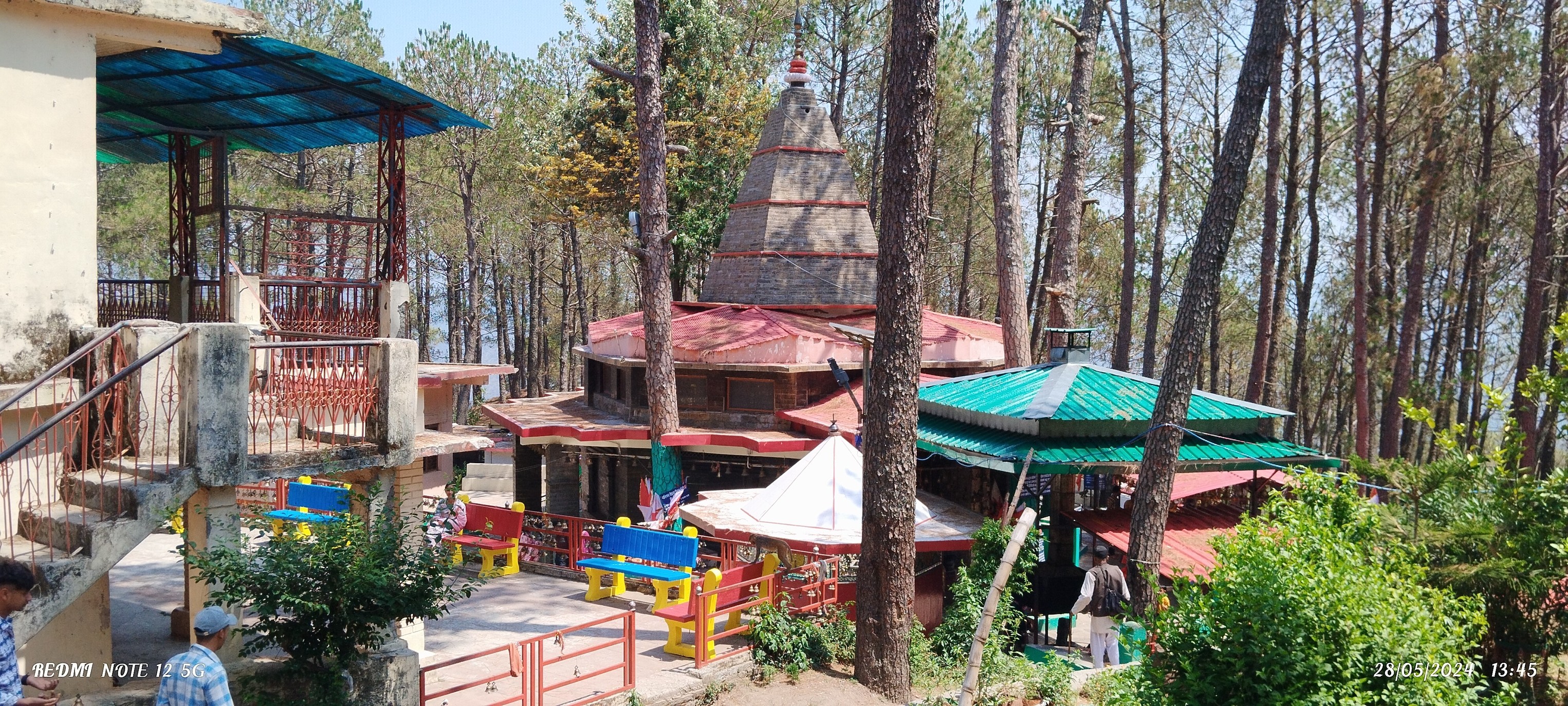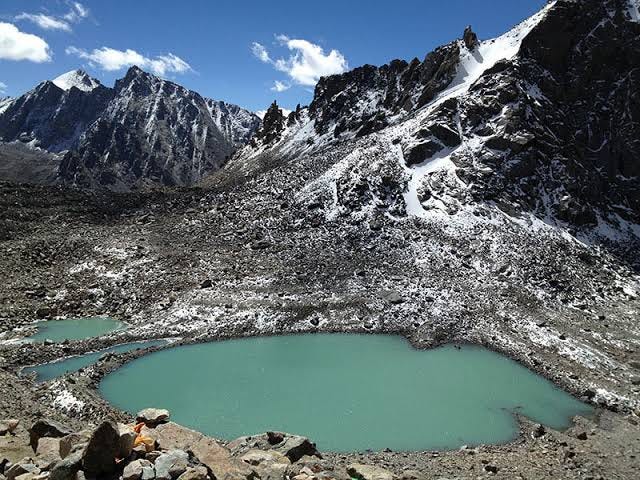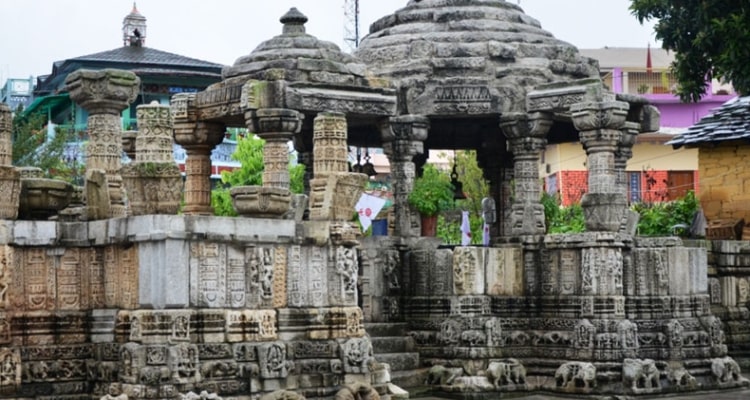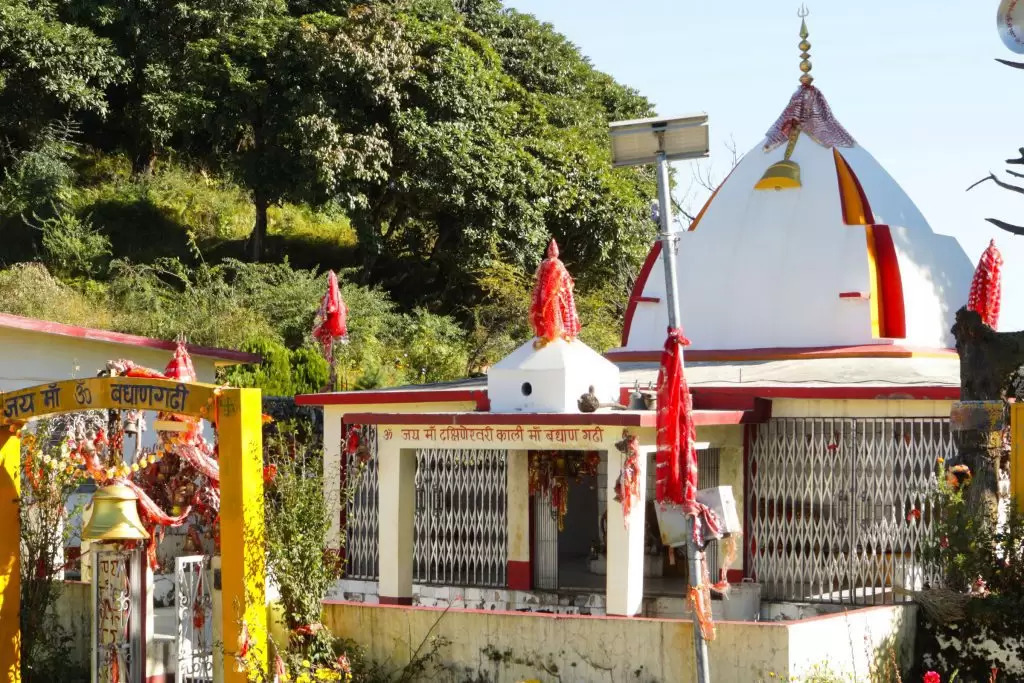The climb to Yamunotri feels longer than it looks on the map. From Janki Chatti, the path winds up, five or six kilometers, and the river keeps appearing and disappearing between rocks. The sound follows you anyway. By the time you reach, breath a little short, the temple suddenly appears, tucked against the mountain. No grand approach, no stone plaza. Just a shrine holding its ground at 3,300 meters.
Stories Still in the Air
Every pilgrim seems to know some version of the story. The Yamuna, daughter of Surya, sister of Yama. Her waters said to free one from the fear of death. People touch the river, splash their faces, whisper a prayer.
Old tales of Asit Muni float here too. He once managed to bathe in both the Ganga and the Yamuna every day. When age made the walk impossible, the Ganga herself came closer, just so he wouldn’t break his routine. It sounds like a myth, but in these valleys, myths never feel far away.
Inside the Temple
The temple isn’t huge. Granite walls, a bright yellow spire. Inside, the idol of Yamuna, carved in dark stone, is draped in silks. Beside her, Ganga in white. Two sisters standing quietly in a small sanctum.
The doors open in May on Akshaya Tritiya. By the time Diwali passes, the valley is already biting with cold, and the idol is carried down to Kharsali for winter. Villagers walk with it, lamps in hand, chanting. In the snow, it looks less like a ritual, more like survival dressed in devotion.
Heat and Cold Side by Side
What makes Yamunotri unusual are the springs. Just beside the temple sits Suryakund, water so hot you can lower a cloth bundle of rice and pull out prasad. A few steps away, Gauri Kund offers gentler warmth, where people dip before entering the shrine. The air is cold, the stone icy, yet these pools breathe out steam. You can feel both seasons at once.
How the Day Feels
Mornings are damp with mist. The kind that sticks to skin. You hear bells before you see smoke rising from small dhabas. Pilgrims tie their shoes tight, ready for the trek back down.
By noon, the slope feels empty. Sun burns the rock, dogs curl up in shade, and the loudest thing around is the river.
Evenings bring people together again. The aarti fills the small courtyard. Diyas flicker against stone. Someone hums a bhajan, another lights incense. Outside, children chase each other down the path, and far away, the azaan drifts in. Two sounds, both belonging to the same valley.
Night is absolute here. A kind of dark that cities don’t know. The stars arrive thick, like spilled grain. The temple becomes a shadow among shadows, but you still sense it breathing.
A Start Among Four
Yamunotri is where most begin the Char Dham circuit. The other shrines Gangotri, Kedarnath, Badrinath have their own grandeur. Yamunotri feels quieter, smaller, more like a whisper before the chorus. Yet it holds its own weight.
The Demands of the Path
Reaching here is not effortless. Roads slip in the rain. The last stretch, steep and uneven, tests patience. Some ride mules, some are carried in palanquins, but many walk. People chant “जय माँ यमुना” under their breath, partly prayer, partly rhythm, to keep going. A few turn back, but most push forward. That is how this place asks for devotion not in gold or offerings, but in steps and sweat.
What Stays With You
What you take away is not a list of things. It is fragments. Steam rising from boiling springs. The taste of rice cooked in sacred water. A bell echoes over the river’s roar. A sky full of stars that seems too close.
Yamunotri doesn’t overwhelm. It doesn’t even try to impress. It simply sits where the river begins, waiting. And later, when you are far from the mountains, it returns in flashes the smell of pine smoke, the sting of cold air, the sound of rushing water that doesn’t stop for anyone.
When and How to Go
The doors open in May and close by November. Summer gives the easiest passage. Monsoon turns the road risky with falling rocks. Autumn sharpens the peaks into clarity. Winter erases the path in snow.
The trail begins at Janki Chatti. From there ,it is only on foot, mule, or palanquin. Most travelers come up from Dehradun or Haridwar, pass Uttarkashi, and then follow the road to the base. The last stretch is the hardest, but it is also where the mountain shows you why people keep returning.
A Place That Waits
Some shrines shine with scale. Yamunotri is not one of them. It stays small, surrounded by cliffs and forests, its strength in quiet. Stand there long enough and you notice the truth. The goddess does not shout. She simply opens her eyes where the river begins, and the rest is left to you.

